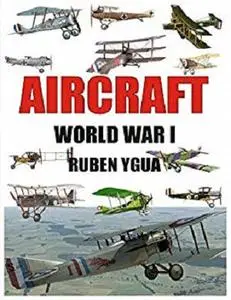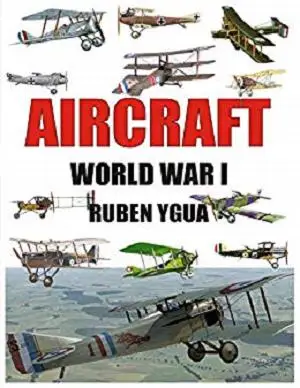Aircraft: World War I by Ruben Ygua
English | November 8, 2018 | ASIN: B07KCKXVC5 | 69 pages | AZW3 | 2.27 MB
English | November 8, 2018 | ASIN: B07KCKXVC5 | 69 pages | AZW3 | 2.27 MB
For centuries, flying was an unrealizable dream, preserved in the minds of men for millennia. Humanity first populated the heavens with gods and mystical figures capable of flying, people had colonized the lands and ventured into the seas with increasingly better results, but the sky above their heads seemed to be unattainable.
Then some dreamers began to dare, inspired by the legend of Icarus, improvising wings that tried to imitate the flight of birds. From the beginning, the exploration of this new frontier caused its victims, like the Englishman Oliver who jumped from an elevated tower using a pair of wings, or the Italian Damiani some centuries later. Leonardo Da Vinci developed a series of studies of the flight of birds, projecting some interesting machines, such as the ornitopter and the first parachute. The Industrial Revolution made available to man the technology necessary to finally build a machine capable of taking flight, already in the twentieth century.
It is not my intention to participate in the eternal discussion about who was the first to fly, in my humble opinion, the plane was the consequence of a long list of failures and corrections, until reaching the objective.
Each of the crazy dreamers contributed to a greater or lesser degree, often sacrificing his own life, and to attribute the final result to a single person would be a great injustice to the memory of all of them.
Leaving aside the origin, we can affirm that aviation has been promoted and benefited by the two world wars. Between 1914 and 1918, aircraft were transformed, as a result of a spectacular evolution, and entered the 1920s as a new form of transport, after the birth of the first airlines for goods and passengers.
Let's know details of this evolution between 1914 and 1918.



